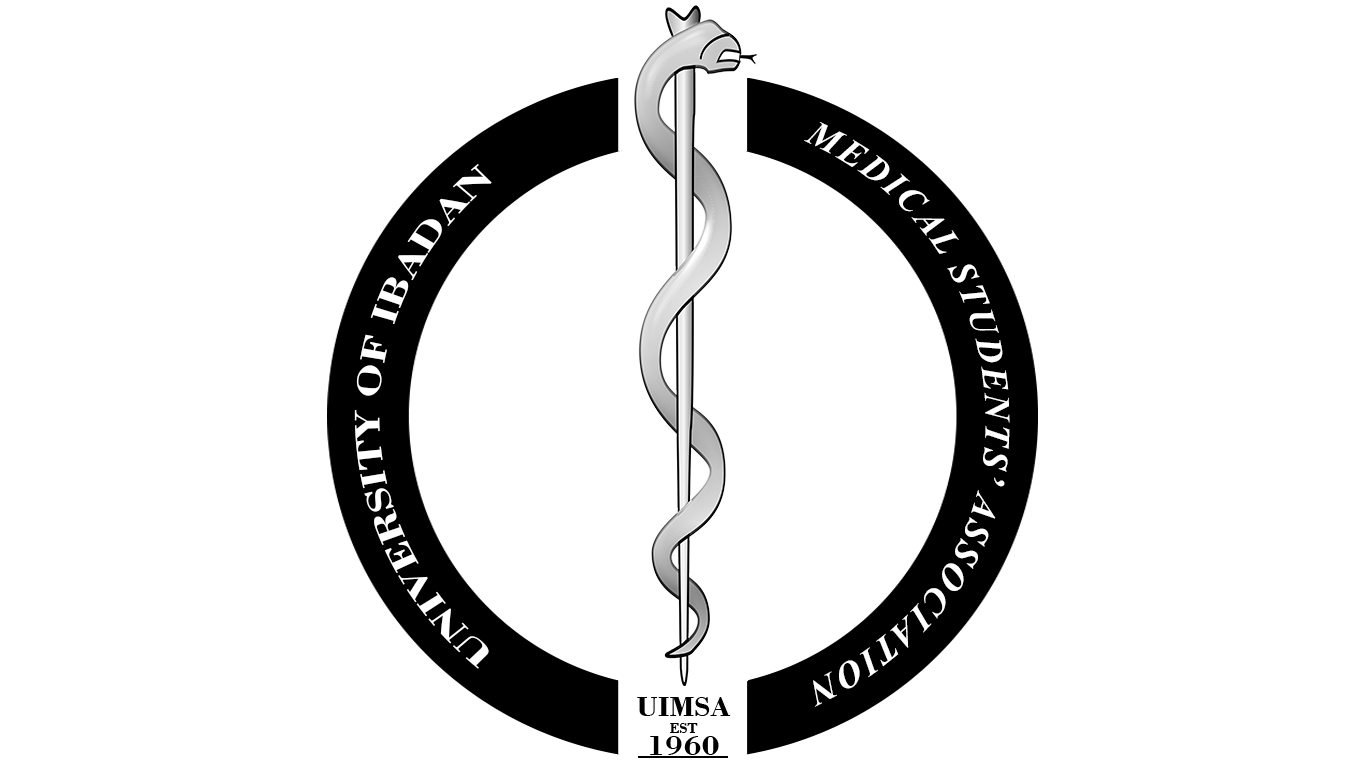Intuition basically makes the oblivious obvious without any evidence. You forgot where you placed your pen but you feel it’s in your friend’s house: that’s intuition at work. Intuition is essentially the ability to make successful decisions without conscious reasoning or analytical thought. It’s the gut feeling that bridges the gap between the conscious and unconscious parts of our mind. It is using stimuli that our brain processes but that we’re not aware of, to answer our conscious questions. Many successful people have attributed their achievements to intuition and it would be very beneficial to anyone that learns to harness it.

Even since the time of the Greeks, Intuition has evoked the interests of scientists. The dilemma in researching the mechanism of intuition is the fact that it is not exactly quantifiable. However, through the tenacious study of contemporary scientists via modern equipment & techniques, progress has been made in understanding Intuition. We now know that the human cerebrum is divided into two hemispheres: the right and the left. The left hemisphere, sometimes called the digital brain, is more involved in arithmetic, factual, analytical and logical thinking, whereas the right hemisphere- the analog brain- contributes more to creative and intuitive thinking. These two hemispheres work jointly and concurrently with a c-shaped bundle of nerve fibres, the corpus callosum, connecting them. Through recent studies, the corpus callosum in women has been found to be thicker than those in men, virtually translating to women responding more to their intuition than men. Nonetheless, these connections can be nurtured and enhanced; analogous to how muscles can be built up by exercise.
So how do we bolster these connections between logical and intuitive mechanisms?
1. Pay more attention to your intuitive ability. Everyone has different ways of recognising their intuition: some get a feeling in their gut, some see an image flashing through their minds or even hear a voice in their heads. Whatever mechanism works for you, learn to discern when your intuition speaks.
2. Meditate more frequently. Exercise is to muscles as meditation is to cerebral neuronal connections including the corpus callosum. You don’t have to meet the monks before you begin a meditation session. Just hush your thoughts and pose a question, on any issue (not only academic), to yourself and listen to what your intuition prompts. You can dedicate time to listen to your intuition on a quotidian basis.
/GettyImages-938890492-becc3fc4757849bea672f148454943f9.jpg)
3. Learn to trust your intuition. Your intuition can’t always be precise, but with consistent and deliberate practice you can make more spontaneous accurate decisions. Learn to follow your intuition even when you are or have been wrong before when following its leadings.
In all facets of life, especially in all health professions, our ability to make the best use of our intuition will prove valuable, so it’s best we start actively honing it if we’ve not already.
Samuel Goodluck
